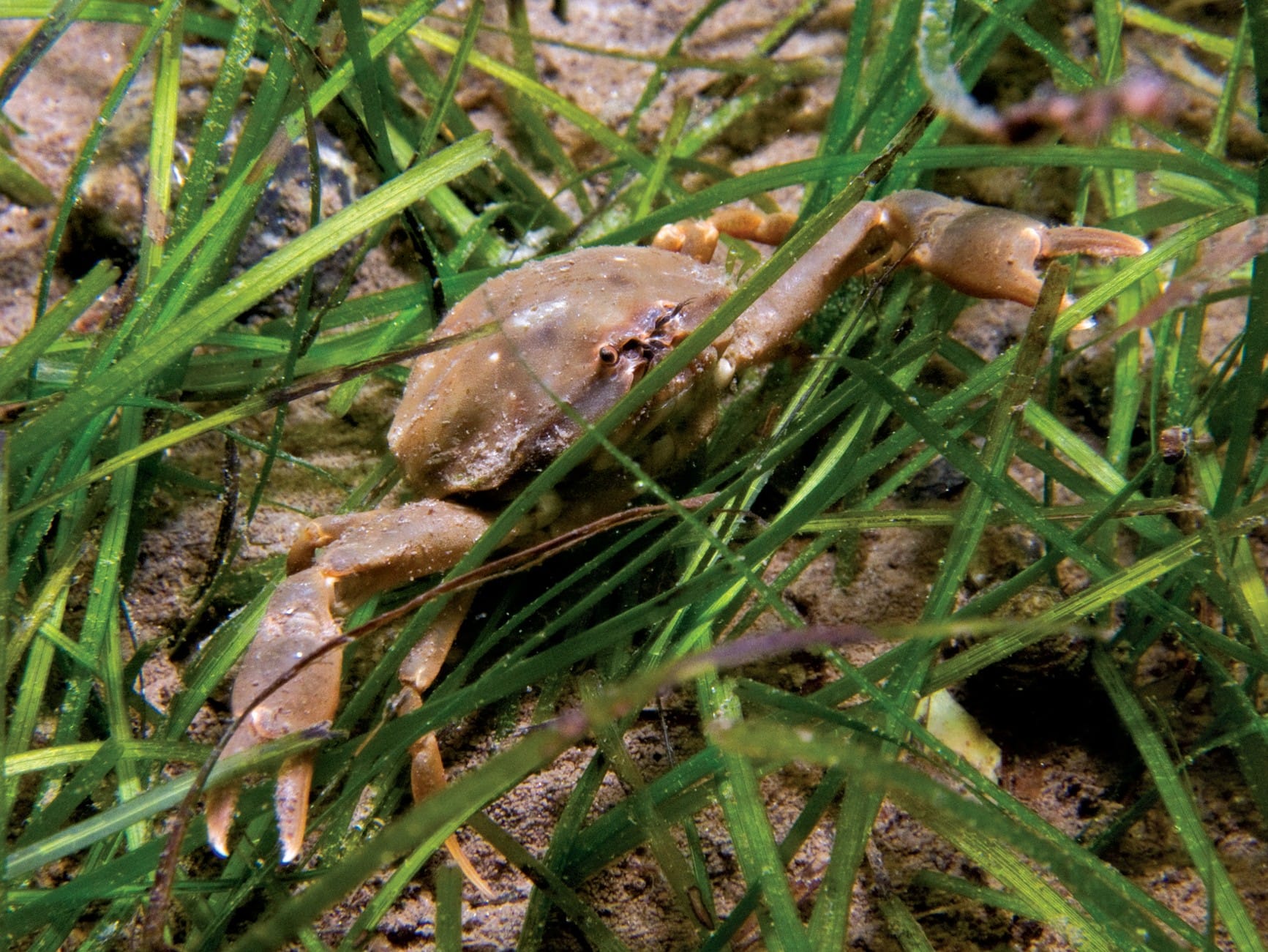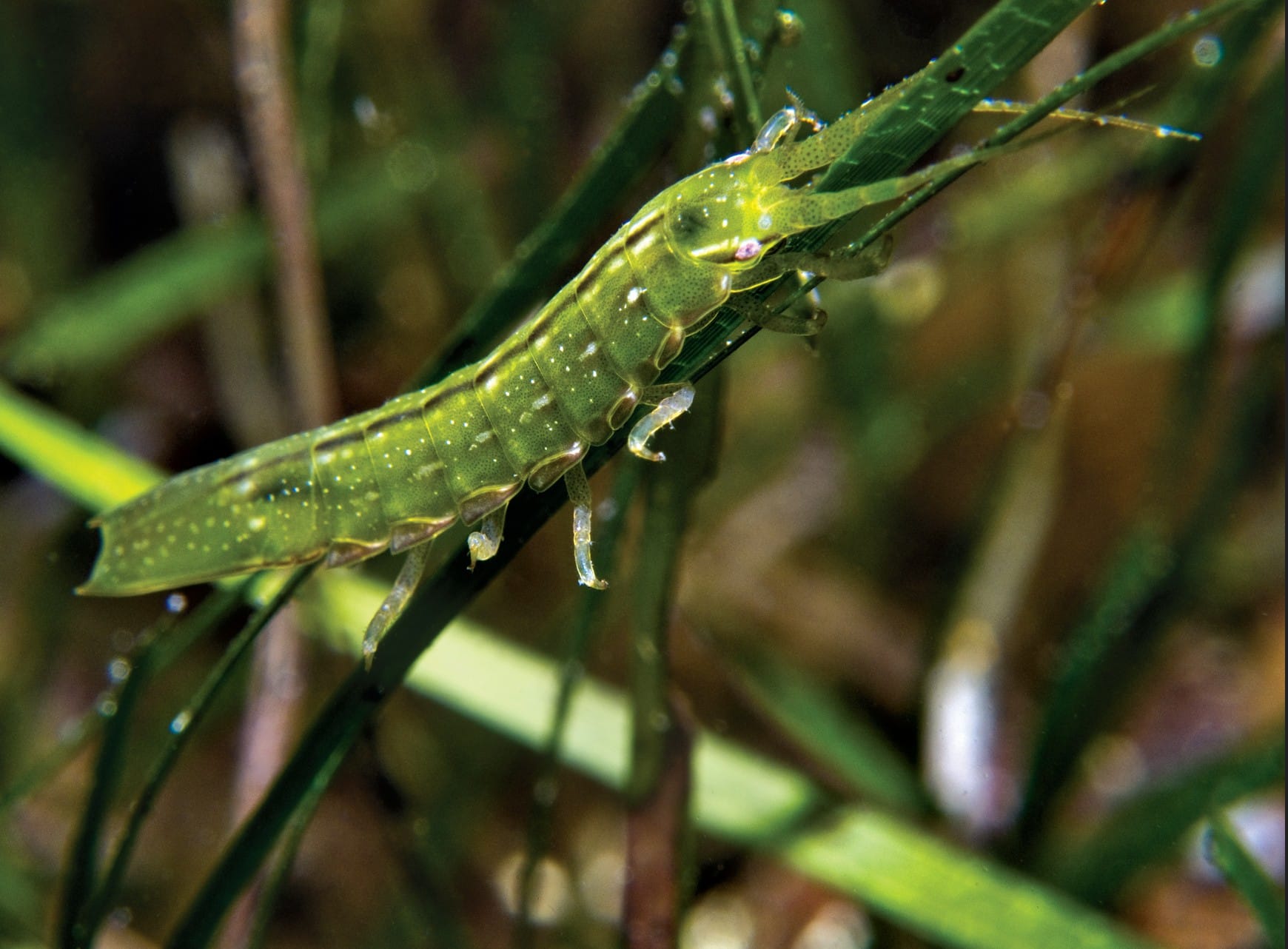A Marine Mili series: The lungs of the sea
One square metre of seagrass can create 10 litres of oxygen, producing oxygen through photosynthesis.

Welcome to the Marine Mili series, a regular column about all things marine! During this series I aim to inspire people to want to protect our oceans and all the marine life that call our oceans home. Hopefully after reading each column, you would have learnt something new, including what we can do to help protect and preserve our oceans. You can follow me and my journey on my Instagram page: _marine_mili.
Did you know that seagrass beds are known as the lungs of the sea?
One square metre of seagrass can create 10 litres of oxygen from their incredible ability to produce oxygen through photosynthesis.
Beyond their oxygen-producing power, these vital underwater meadows also support our incredible marine life.
Seagrass beds provide a protected area for small creatures to use as nurseries and for many others to make permanent homes from. Many creatures also depend on seagrass beds as a form of protection from predators, as it is easy to hide and camouflage in.
For example, the Weedy Sea Dragon relies on seagrass for concealment. True to its name, the Weedy Sea Dragon resembles seaweed, blending seamlessly into the seagrass to avoid predators. If you have ever been to Flinders pier for a dive, you may have seen some Weedy Sea Dragons amongst the seagrass beds, hiding from predators like big smooth rays which live in the same area.
Seagrass beds also play a critical role in the marine food chain providing the vital nutrients necessary to stay healthy in many marine animals diet such as sea turtles and sea urchins.


They also recycle nutrients, clean the surrounding water and can even help slow the movement of water, creating safe areas for fish that are poor swimmers like sea horses, box fish and globefish.
Despite all the amazing things seagrass beds do, they are currently facing challenges. Over the last 20 years seagrass beds have declined substantially around the coastline of Australia. Coastal development, climate change, illegal fishing and increased boat activity are some of the main causes affecting seagrass.
So now that we know how important seagrass is for our oceans, what can we do to help?
We can start simply by avoiding digging and walking in seagrass beds when exploring our wonderful oceans. For the keen boaters out there, you can help too by not anchoring in seagrass beds and steering clear of seagrass in shallow areas when driving.
Seagrass is said to be one of the most important ecosystems in the world, so let’s protect it, together.






